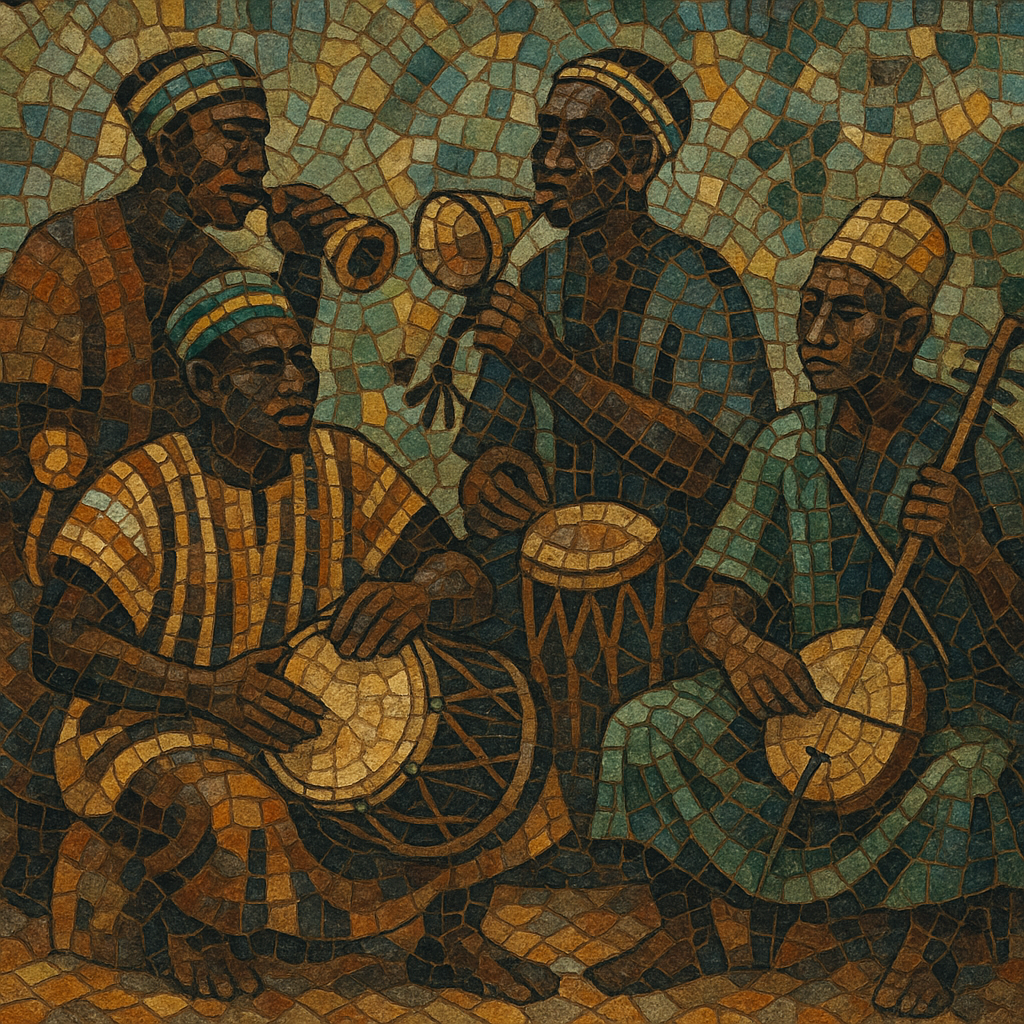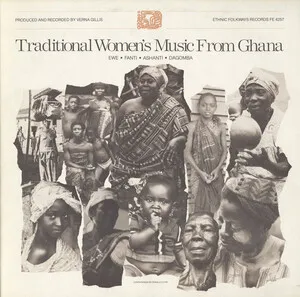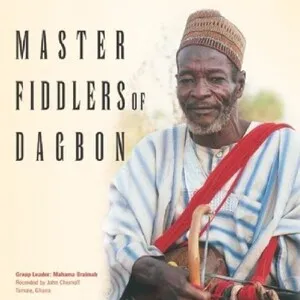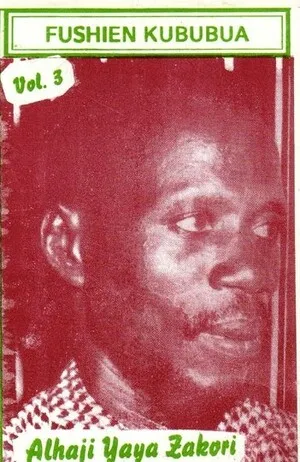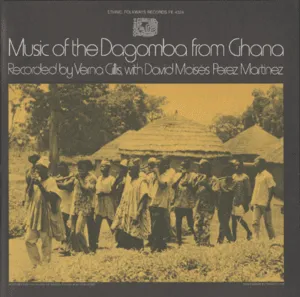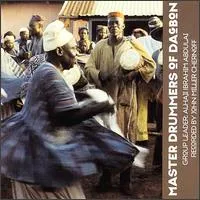Dagomba music is the traditional music of the Dagbamba (Dagomba) people of northern Ghana. It centers on a sophisticated court-and-community drumming culture performed by hereditary drummer-historians known as lunsi.
Its core instruments are the hourglass tension "talking drum" (lunga/lunna) and the cylindrical bass drum (gung-gong/gungon), often supported by iron bells and rattles, voice, and occasionally the one-string fiddle (gonje). The lead talking drum "speaks" praise names and historical texts in the tones and rhythms of the Dagbani language, guiding dancers and the ensemble.
Rhythmically, Dagomba music is polyrhythmic and cyclical, moving between 12/8 and 4/4 feels with dense cross-rhythms, off-beat phrasing, and cue-based breaks. It accompanies important social and ritual events—chiefly festivals (e.g., Damba), processions, royal ceremonies, and popular dances such as Baamaaya and Takai—where music, history, and dance are inseparable.
The musical tradition of the Dagbamba is tied to the Kingdom of Dagbon, which consolidated from the 15th–16th centuries. From early on, the lunsi were court functionaries—genealogists, diplomats, and master musicians—who safeguarded collective memory by “speaking” history on the talking drum. Their music developed within palace contexts (chief enskinments, processions, war/peace announcements) and in village life (naming ceremonies, funerals, communal dances).
During the late 19th and early 20th centuries, lunsi adapted their roles as the region navigated colonial pressures. With Ghanaian independence (1957), national arts troupes and universities documented and staged Dagomba repertories, bringing palace and community genres—Damba, Takai, Baamaaya—to national and international audiences. Field recordings and ethnomusicological studies (e.g., on Dagbon dance-drumming) further codified repertories and pedagogy.
Since the late 20th century, Dagomba drummer-scholars and ensembles have toured abroad, taught in universities, and recorded albums, helping to shape world music perceptions of West African talking-drum traditions. At home, lunsi continue to serve chiefs and communities, while urban and diasporic artists blend Dagomba rhythms and call-and-response vocals with highlife, afropop, and global fusion. Despite modernization, the core lineage-based training, repertory cycles, and performance codes remain central to Dagomba musical identity.
-
•
Choose the dance type (e.g., Baamaaya, Damba, Takai) and its canonical tempo/time-feel.
•Set a time-line on bell; add a steady gungon ostinato.
•Compose a small set of lunga phrases that can “speak” key names/ideas and cue changes.
•Add call-and-response vocals with concise, memorable lines in Dagbani.
•Rehearse transitions and breaks so dancers can follow signals; build intensity in waves (quiet invocation → lively peak → dignified cadence).

